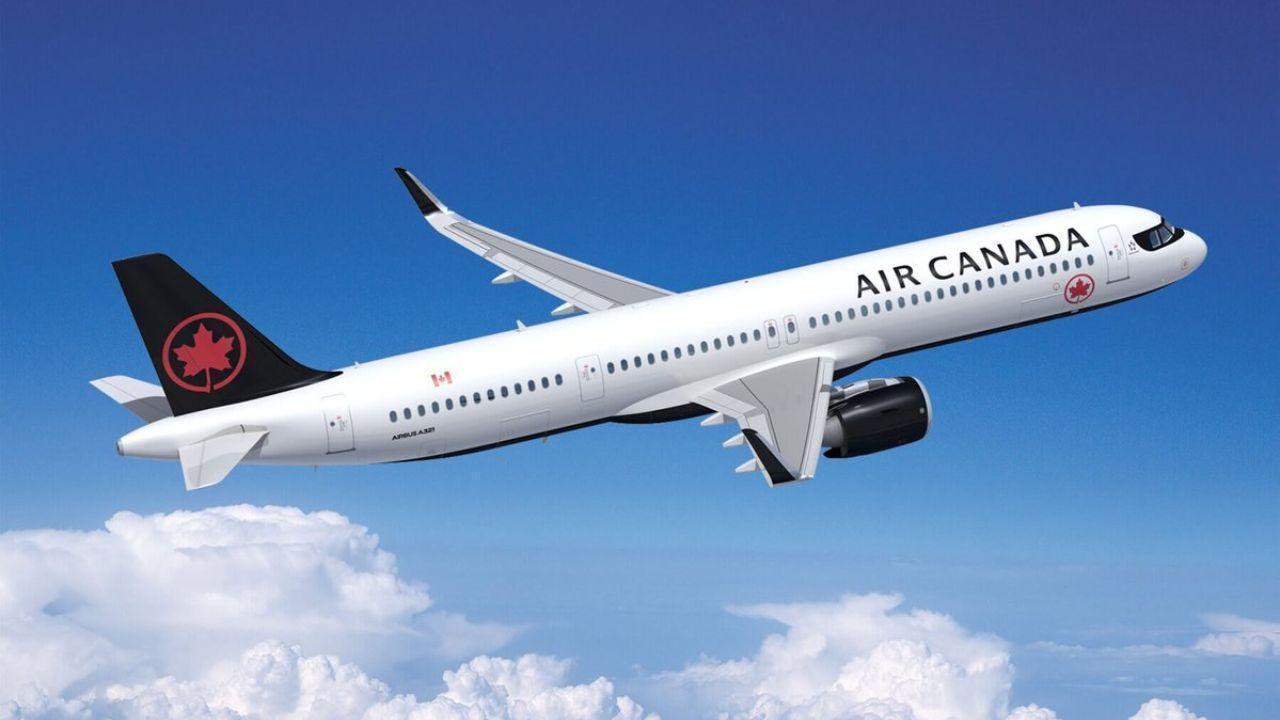
Post by : Avinab Raana
Photo : X / Airways Magazine
Air Canada’s Bold Route Revival
Air Canada is making a strong comeback on the global travel stage by expanding its European network and reviving service to China. As demand rebounds and international travel returns to momentum, the carrier has announced that it will resume daily flights from Vancouver to Beijing starting January 15, 2025, while increasing Vancouver-Shanghai frequency to daily from December 7, 2024. Alongside Asia, the airline is adding or reinstating multiple routes to Europe, enabling Canadian travelers more options for business, tourism, and cultural exchange.
This expansion comes at a time when airlines are rethinking post-COVID recovery, seeking to reconnect key global markets that were once constrained. For Air Canada, this network revival reflects a strategy not just to bring back former routes but to modernize its offerings, improve hub connectivity, and meet growing passenger expectations for reliable long-haul travel.
Restoring Canada-China Links: Strategic Move
Air Canada’s decision to resume daily non-stop service to Beijing and increase its flights to Shanghai underscores the importance of China as a destination and origin market. The Vancouver hub (YVR) will serve these flights using long-range aircraft capable of facilitating comfortable, non-stop journeys. Restoring these flights strengthens ties in trade, tourism, and diaspora travel while also responding to pent-up demand from passengers who had seen dwindling or disrupted service over recent years.
This move also positions Air Canada ahead of many competitors who have scaled back China operations. While airlines around the world contend with regulatory, geopolitical, and economic headwinds, Air Canada’s route reinstatement suggests confidence in market recovery and in bilateral relations. It also signifies the carrier’s ability to navigate regulatory approvals, aircraft deployment, and logistics in complex international markets.
Expanding Europe Routes: More Access Across the Atlantic
Along with the China revival, Air Canada is broadening its European footprint by adding new routes and increasing frequency on existing routes. Destinations such as Naples in Italy and Porto in Portugal are being added from Montreal with multiple weekly frequencies, while service between Ottawa and London Heathrow is being reinstated. Other European capitals and cities will have enhanced connectivity through improved schedules and better hub linkages via Toronto and Vancouver.
These Europe expansions serve the dual purpose of boosting tourism and catering to business travelers. By restoring and creating new links, the airline is not merely restoring pre-pandemic maps but reshaping them. Enhanced access to Southern Europe, increased flights to key cities, and improved timing of schedules make travel more convenient and open up markets that may have been underserved or disconnected.
Vancouver Hub Reinforcement and Strategic Connectivity
The Vancouver hub plays a central role in Air Canada’s strategy. By routing China flights through Vancouver and increasing capacity from that hub, the airline strengthens Pacific gateway connectivity. Vancouver acts as a bridge for both transpacific and transatlantic traffic, enabling seamless connections for travelers from Asia and Europe alike.
Investments at YVR to support increased traffic in infrastructure, staffing, and passenger amenities—are likely underway or being planned. Greater scheduling reliability, aircraft availability, and coordination with partner airlines will be essential for meeting passenger expectations. As connections improve, airlines like Air Canada benefit from hub efficiencies and network economies of scale.
Aircraft and Fleet Deployment: Ensuring Long-Haul Performance
To support the restored China flights and new European routes, Air Canada will rely on long-range widebody aircraft such as the Boeing 787 Dreamliner. These aircraft offer both passenger comfort and operational efficiency for long nonstop routes. Ensuring aircraft availability, maintenance readiness, and regulatory compliance will be crucial to reliable service.
Aircraft deployment requires careful planning. Seasonal weather, airspace restrictions, crew assignments, and slot availability all play roles in determining which routes can reliably be flown. Air Canada appears confident in its long-term network planning, balancing aircraft utilization across its global schedule and ensuring that its fleet meets the requirements for long-haul operations in terms of range, capacity, and passenger demand.
Market Demand: Leisure, Business, and Diaspora Traffic
Travelers’ desire to reconnect with Europe and Asia is fueling many of the route additions. Leisure travel to tourist destinations in Europe, such as Italy and Portugal, has seen rising interest as restrictions ease. Meanwhile, business travel remains essential, especially between global trade hubs and across continents. In addition, diaspora and cultural ties create substantial demand for flights between Canada and China or Europe, which airlines like Air Canada are aiming to serve.
This mix of demand helps justify the restoration of flights that may have been suspended during lean periods. For Air Canada, capturing the surge in travel requires not only announcing routes but ensuring competitive pricing, effective marketing, and consistent schedules so passengers feel confident booking long-haul trips.
Geopolitical and Regulatory Backdrop
Resuming flights to Beijing and increasing service to Shanghai do not happen in a vacuum. Bilateral aviation agreements, international regulations, health protocols, and geopolitical climate all influence airline route planning. Air Canada’s moves suggest that negotiations and regulatory approvals have reached favourable positions in at least some cases, enabling daily services to resume.
Additionally, regulatory shifts in Europe and North America related to aviation emissions, airspace policies, and travel document requirements impact how airlines plan routes. Air Canada’s ability to expand despite such headwinds suggests adaptive strategy and attention to international compliance.
Competition and Global Airlift Dynamics
While other airlines have reduced or withdrawn service to China due to policy, regulatory, or financial factors, Air Canada is doing the reverse. This gives it a competitive edge in an environment where China once again is opening up to tourism, business, and trade flows. Reinstated routes may attract travelers who previously had to take connecting flights via third countries or endure less direct itineraries.
In Europe, competition from European carriers is intense. Yet Air Canada’s expanded service could challenge carriers on frequency, pricing, and network reach, especially given Canada’s diaspora population and strong trade links with EU countries. Partnerships through Star Alliance may also provide beneficial connections and feed traffic between secondary European cities and Canada.
Operational Challenges: Weather, Airspace, and Costs
Despite promising market signals, Air Canada faces challenges. Seasonal weather affects long flights, especially those over the North Pacific, where delays and performance reductions are common. Airspace restrictions—some resulting from geopolitical tensions—and fuel costs increasingly influenced by carbon regulation and taxation are pressures.
Costs of long-haul operations fuel, crew, maintenance and ensuring profitability on routes that may seasonally fluctuate add pressure. Air Canada will need high load factors, strong yield management, and efficient operations to ensure these routes are sustainable. In some cases, incentive schemes or government agreements may help over initial launch or restoration periods.
Passenger Convenience and Service Enhancements
Besides route additions, passenger experience matters. Travelers flying from Canada to China or Europe expect modern cabin offerings, in-flight service, reliability, and ease of connections. Air Canada’s scheduling of flights from hubs must align with domestic connections so that international travelers from across Canada have smooth itineraries.
Moreover, transparency on schedules, visa or entry requirements, and travel restrictions are essential. After periods of disruption, trust will be rebuilt by consistent service and good communication. Enhancements to lounges, check-in, or interline connections with partner airlines may also improve the customer value proposition.
Economic and Tourism Impacts
Air Canada’s restoration of China flights and expansion into Europe is likely to yield economic benefits both for the airline and affected destinations. Increased inbound tourism, cross-border trade, and business travel will generate revenue for airports, hotels, and related sectors. For Canadian businesses that import or export goods or require frequent travel, improved direct connectivity cuts time, cost, and complexity.
The cultural exchange enabled by restored routes also strengthens social ties. Chinese tourists returning to Western Canada, students, and diaspora travelers benefit from non-stop options. European tourists gain more direct access to Canada, and cultural, academic, or business exchanges become easier.
Sustained Expansion or Adjustments
Looking ahead, Air Canada’s ability to maintain daily Beijing and Shanghai service will depend upon demand, geopolitical stability, and operational performance. If the routes perform well, there may be further growth in frequency, aircraft capacity, or added destinations in Asia. Seasonal European routes may become year-round if tourist demand supports it.
Air Canada may also explore additional new routes in Africa, South America, or the Middle East, especially as global aviation recovers. Fleet modernization, fuel efficiency, and sustainability will likely influence these decisions. The airline’s announcement suggests a commitment to building a robust international network, not just restoring past connections but adapting to evolving global mobility needs.
A Renewed Bridge Between Continents
Air Canada’s announcement to expand its Europe routes and revive China service underscores a pivotal moment in post-pandemic aviation. By restoring daily flights to Beijing, increasing frequency to Shanghai, and adding new and resumed routes to Europe, the airline is rebuilding bridges that matter for trade, community, and connectivity.
These moves carry more than symbolic weight they represent practical steps toward restoring international travel networks and shaping the future of global air transport. If service quality, operational reliability, and passenger demand align, Air Canada’s network expansion could mark the start of a stronger, more connected era for Canadian and international travelers alike.
Air Canada expansion, Canada-China flights, Europe routes

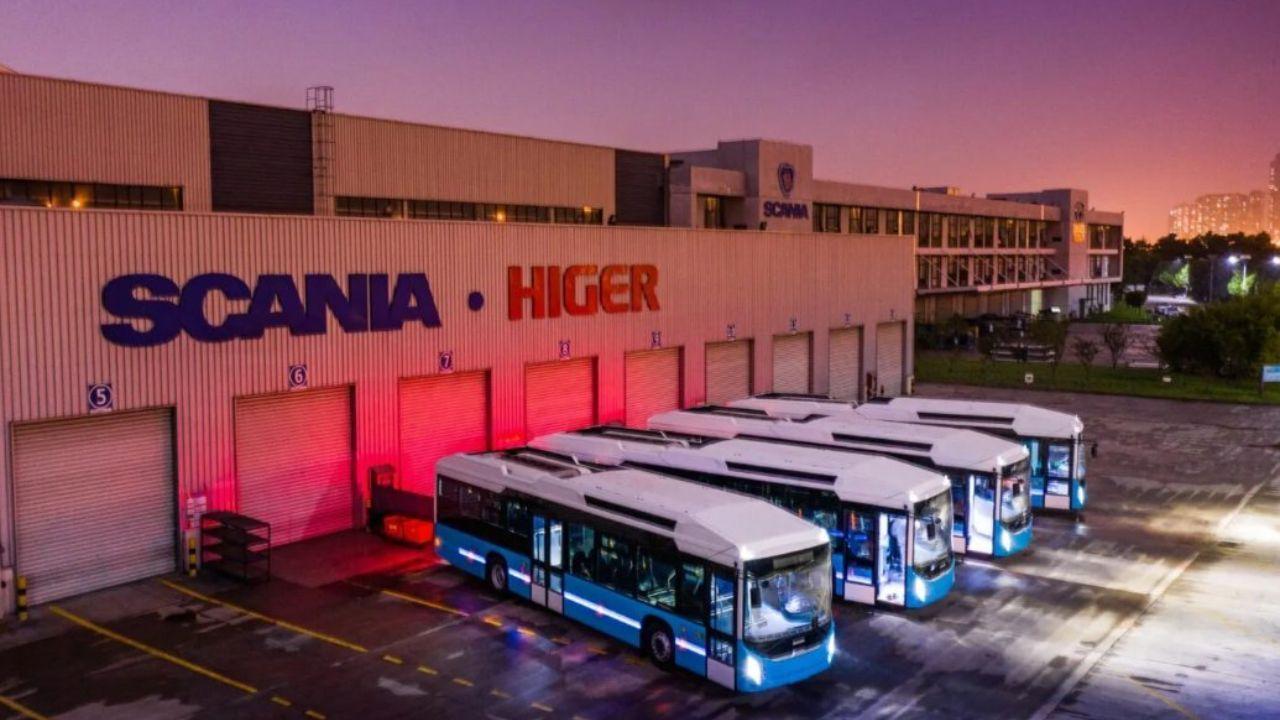

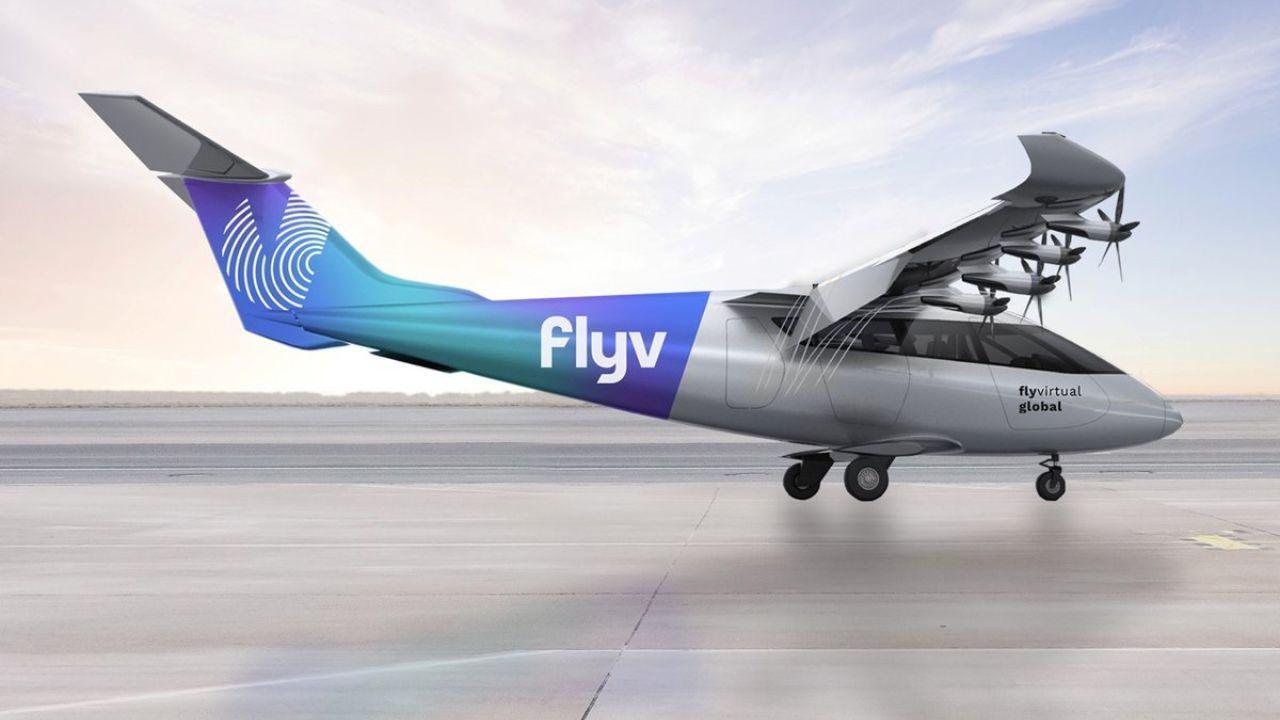
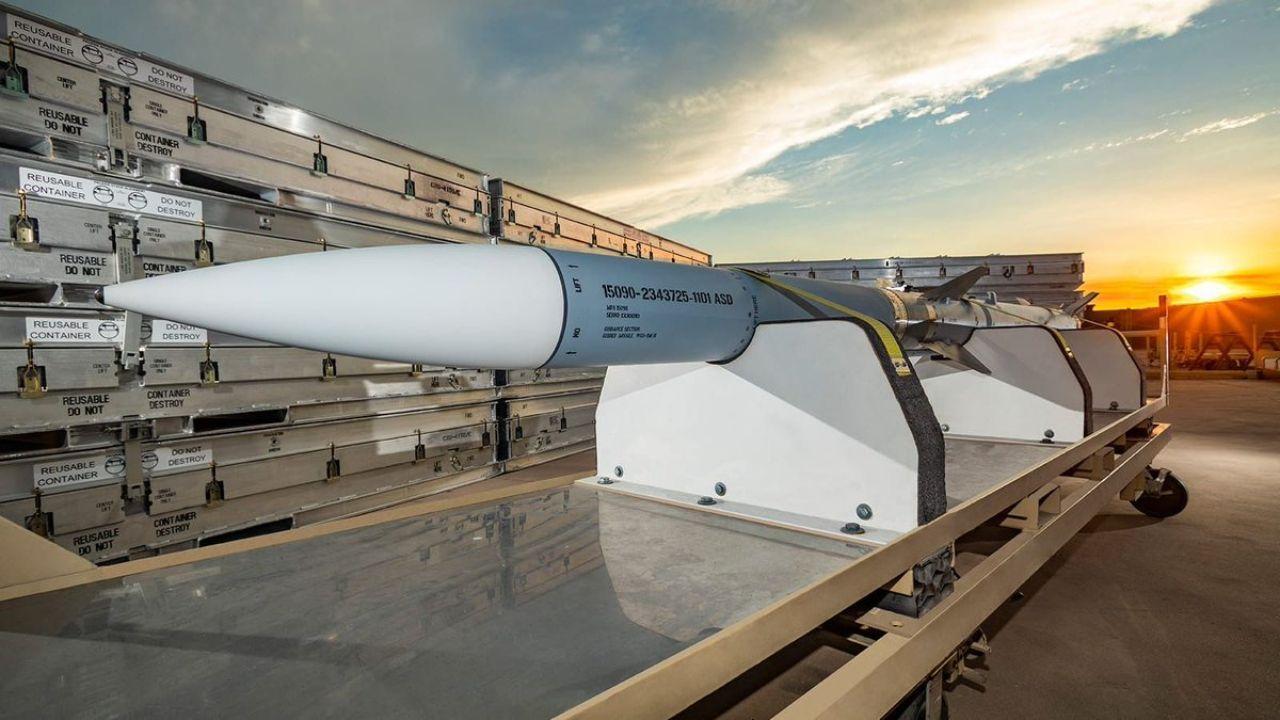
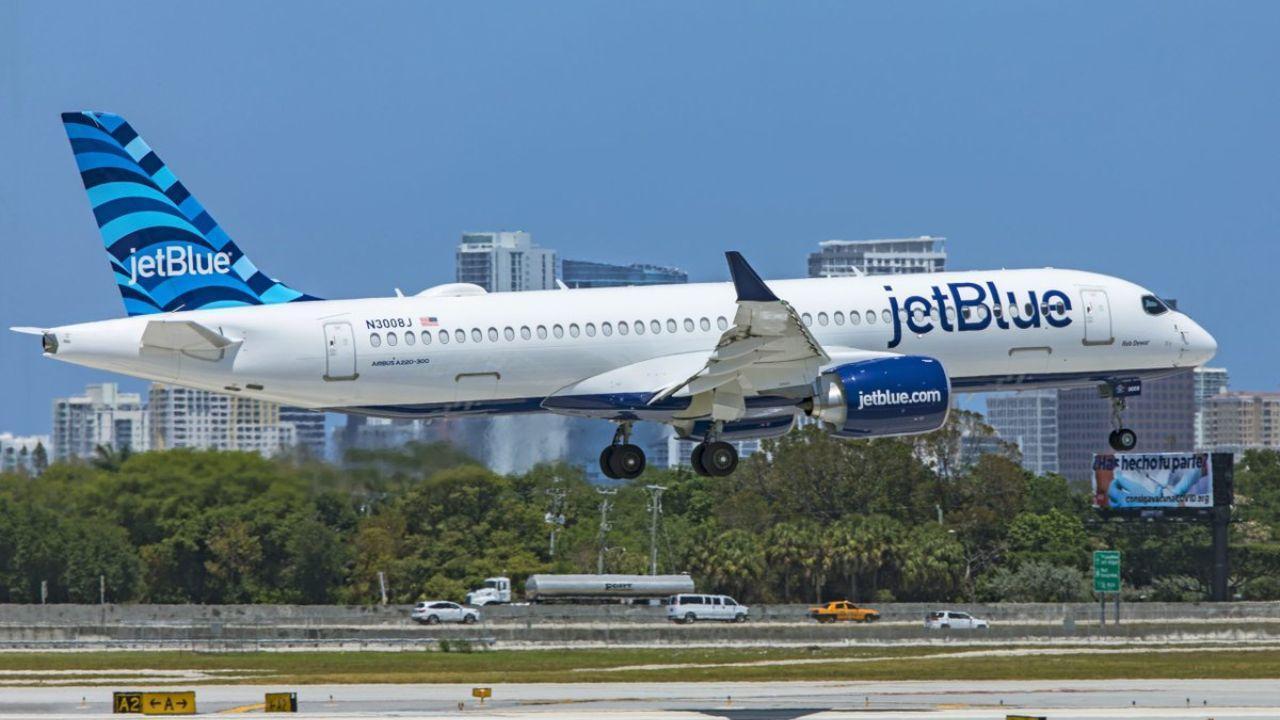




Vande Bharat Passenger’s Spitting Incident Sparks Nationwide Debate
A passenger spitting on the Vande Bharat Express floor sparks online debate on civic sense cleanline

OnTrac Introduces Ground Essentials Service for Affordable and Reliable Shipping
OnTrac launches Ground Essentials a new service offering cost-effective parcel delivery with up to 3
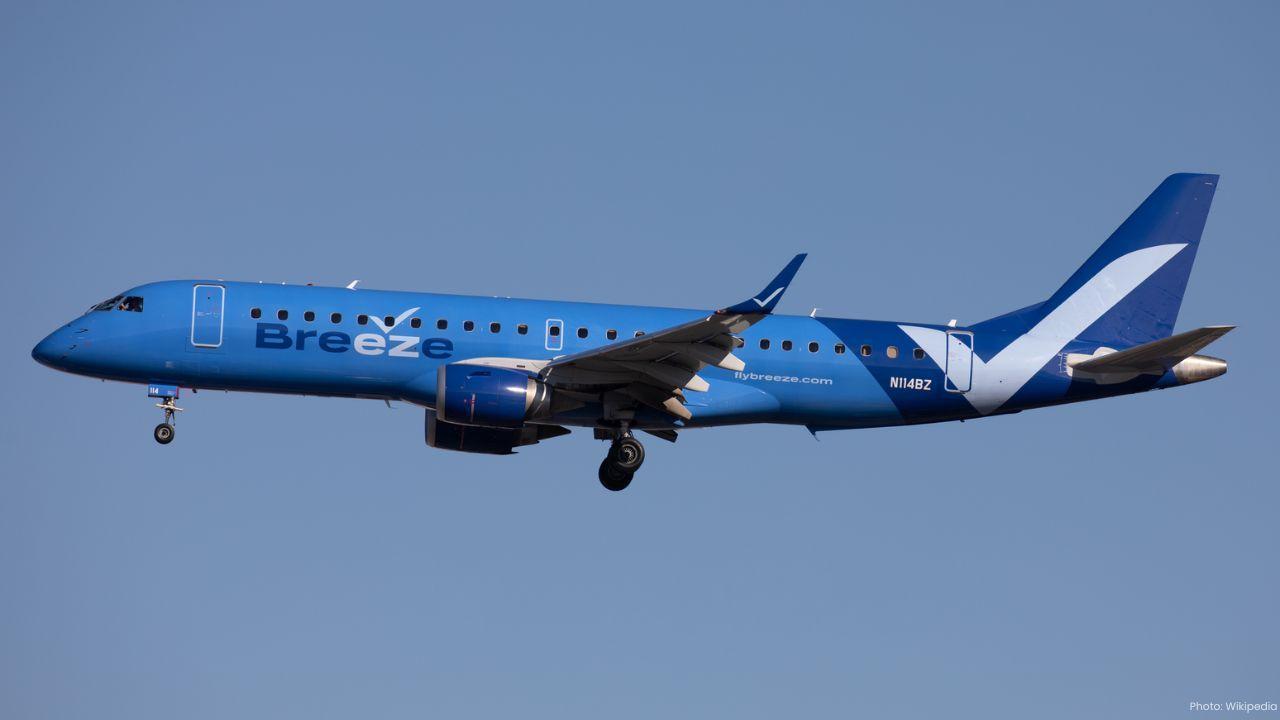
Breeze Airways Earns Five-Star Status as North America's Top Airline
Breeze Airways achieves a five-star rating marking it as North America's leading major airline for 2

Royal Enfield Cuts Prices on 350cc Bikes After GST Rate Reduction
Royal Enfield reduces prices on 350cc motorcycles from September 22, 2025, following GST rate cuts,

Viva ACP Boosts Bus Safety with Strong Lightweight Aluminium Panels
Viva ACP’s panels make buses safer lighter and stronger—saving energy and protecting passengers with

Steelpaint’s Stelcatec Coating Gets UK Rail Approval
Steelpaint’s Stelcatec coating approved by UK Network Rail for durable, fast, and effective protecti